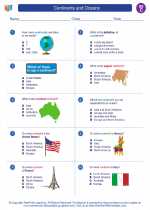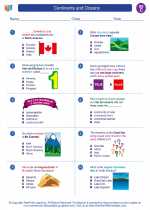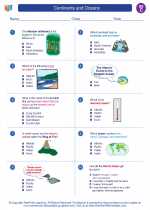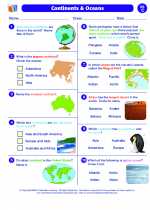Hawaiian Islands
The Hawaiian Islands are a group of volcanic islands located in the Pacific Ocean. There are a total of 137 islands in the Hawaiian chain, although most of them are very small. The eight main islands are Hawaii (also known as the Big Island), Maui, Oahu, Kauai, Molokai, Lanai, Niihau, and Kahoolawe. These islands are known for their stunning natural beauty, rich culture, and unique ecosystems.
Geography
The Hawaiian Islands are located in the central Pacific Ocean, about 2,000 miles southwest of the continental United States. The islands were formed through volcanic activity, and they are known for their diverse landscapes, including beaches, mountains, and rainforests. The highest point in the Hawaiian Islands is Mauna Kea, a dormant volcano on the Big Island that rises 13,796 feet above sea level.
History
The Hawaiian Islands were first settled by Polynesians who arrived from other Pacific islands around the 4th century AD. In 1778, British explorer James Cook arrived in Hawaii, marking the beginning of significant contact with Europeans. In 1898, the United States annexed Hawaii as a territory, and it became the 50th state in 1959.
Culture
The culture of Hawaii is a rich blend of Polynesian, Asian, and Western influences. The traditional Hawaiian way of life, known as "aloha spirit," emphasizes hospitality, respect for the land, and a strong sense of community. Hawaiian culture is also expressed through hula dancing, traditional music, and arts and crafts such as leis and quilting.
Study Guide
- What is the highest point in the Hawaiian Islands?
- When were the Hawaiian Islands first settled?
- What is the "aloha spirit" in Hawaiian culture?
- How many main islands make up the Hawaiian chain?
- What are some of the diverse landscapes found in the Hawaiian Islands?
Studying the Hawaiian Islands provides a fascinating look into the history, geography, and culture of this unique region. By exploring these topics, students can gain a deeper understanding of the significance of the Hawaiian Islands and their impact on the world.
.◂Social Studies Worksheets and Study Guides Third Grade. Continents and Oceans

 Worksheet/Answer key
Worksheet/Answer key
 Worksheet/Answer key
Worksheet/Answer key
 Worksheet/Answer key
Worksheet/Answer key
 Worksheet/Answer key
Worksheet/Answer key
